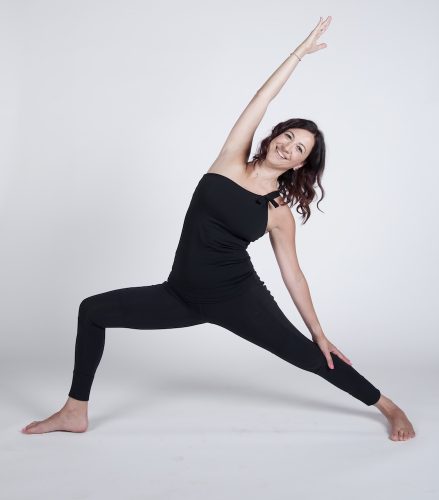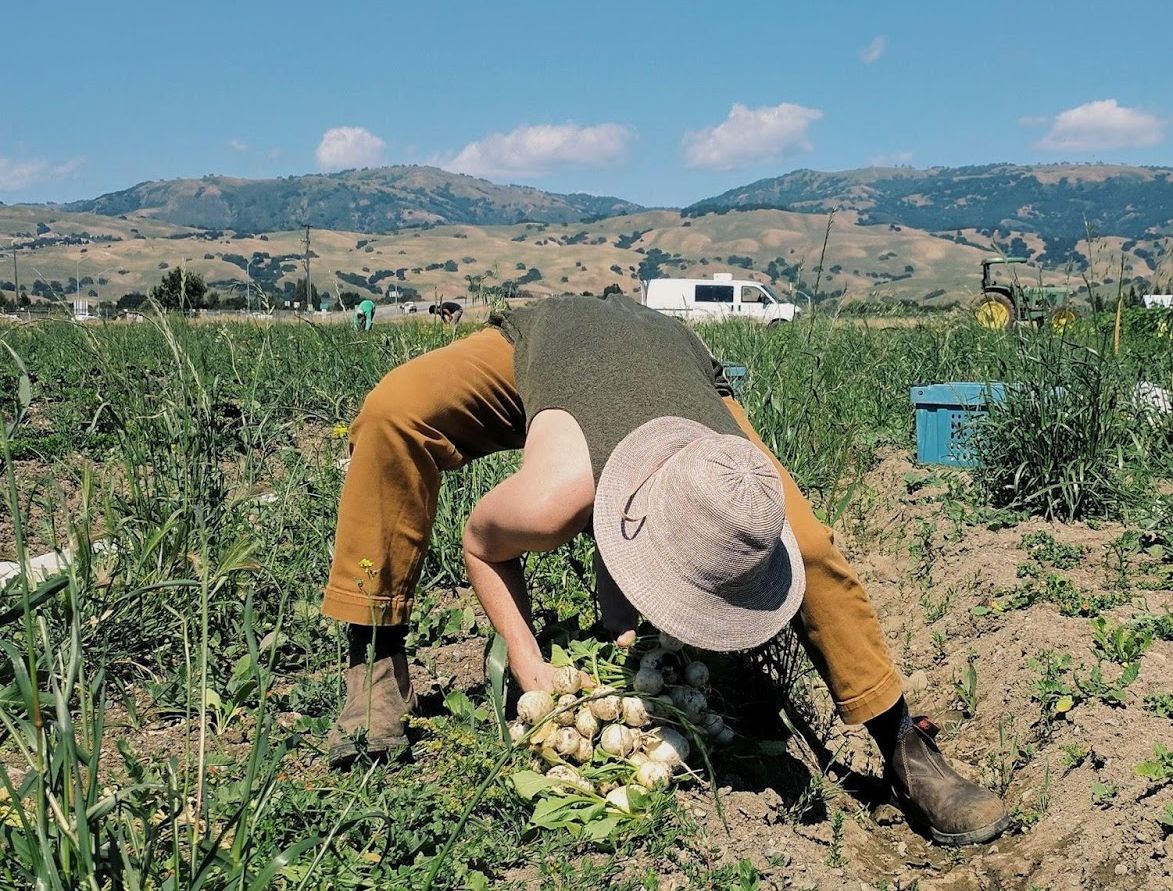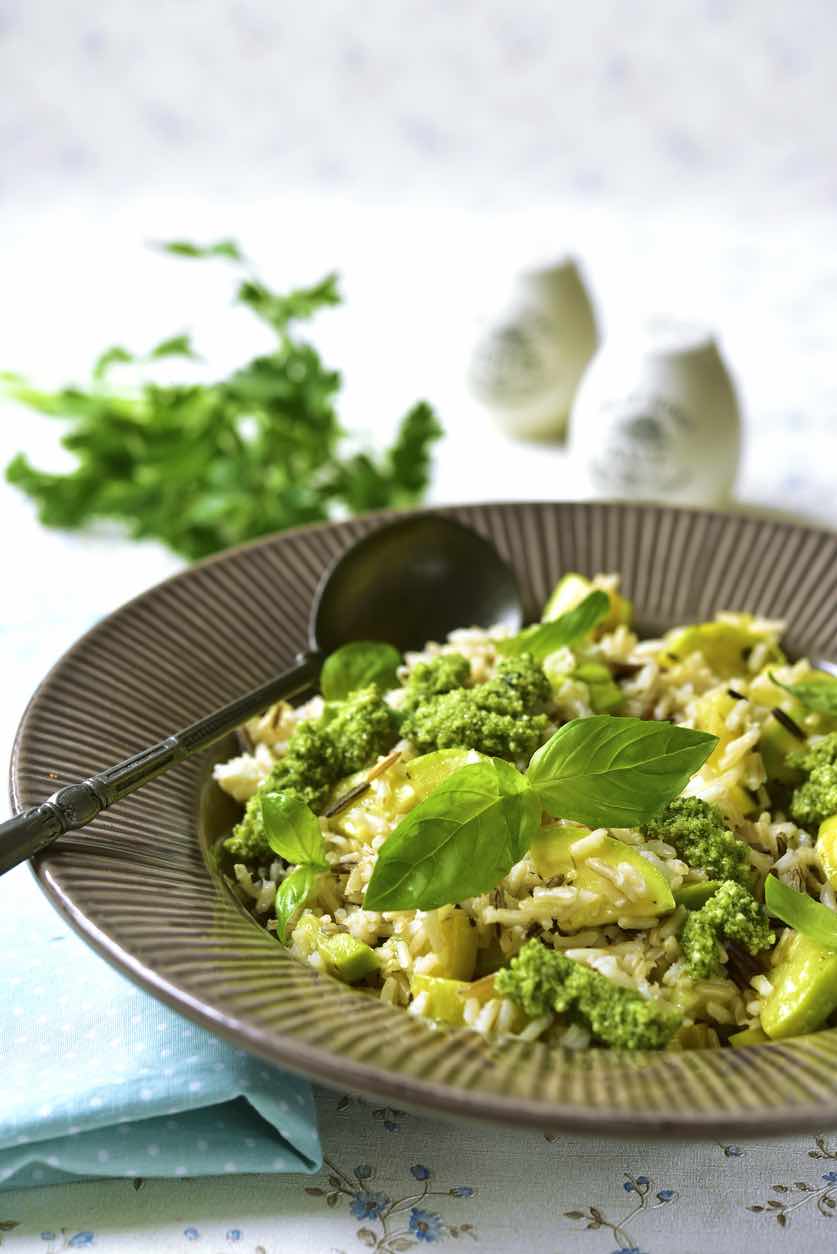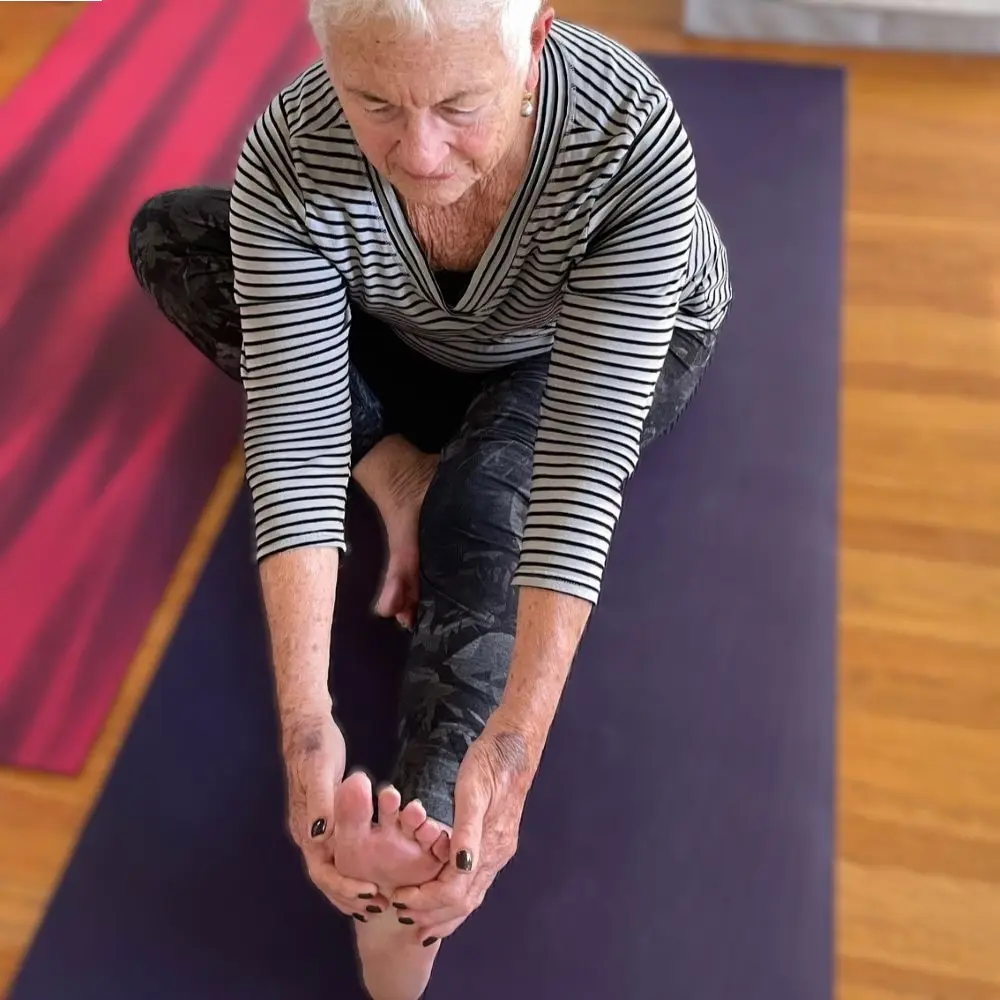Have you ever wondered why some experiences in your life keep repeating themselves? Have you ever found yourself being drawn to the same type of reaction when faced with something that causes you aversion or fear, or reminds you of a painful memory? Understood both in Buddhism and Hinduism as blocks on the path to freedom from pain, kleshas are like toxins that cause suffering throughout our lives.
Whenever we are faced with afflictions in our lives, we have an opportunity to look deeper into the seeds that cause us pain. These seeds can be dormant for a long time until they’re awakened. When we recognize them, we have a greater opportunity to see how these triggers are affecting our life. The invitation is to see yourself through the lens of compassion and generosity, so the work of looking in becomes constructive and helps you feel better.
Identified in the Yoga Sutras of Patanjali, the five kleshas are:
- Avidya (lack of spiritual knowledge): This first klesha is the field upon which all the other seeds can grow. It is an invitation to cultivate knowledge of the Self by understanding ourselves as divine and tapping into our innermost light. If we understand that we are not our mental states – for instance emotions, preferences, and conditioning, conscious or unconscious – we can discriminate and see that our true “Self” is of divine nature.
- Asmita (ego; “I am”-ness): Asmita is present when we identify with the parts of ourselves that change, such as our minds, bodies, appearances, job titles, etc., instead of staying rooted in the quiet place within ourselves that is unchanging: the true Self. While it’s great to appreciate and value all aspects of ourselves, attaching too closely to these changeable aspects sets us up for frustration, disappointment, and suffering.
- Raga (attachment to a past pleasurable experience): Raga is associated with memory and trying to recreate the past, resulting in an inability to stay present. When we understand that something from the past can never exist the same way in the present moment, we start decoding this stain in our lives and are able to move on. We can practice letting go gracefully by emptying our metaphorical cup to make space for new pleasure with greater potential.
- Dvesa (aversion to past pain): Like raga, attachment and aversion can push and pull us in all directions, leaving us forever at the mercy of what we want, like, or need, as well as what we fear or hate. Attachment to past pain is the inability to unhook from past painful experiences in a way that influences our present choices, reactions, and thoughts. This roadblock is asking us to learn from the past without letting it run the show. Again, as with the previous kleshas, we are being robbed of the present experience. (For an exercise on this specific klesha, check out my free meditation on how to release negative memories.)
- Abhinivesa (fear of death): In our Western world, death is something we avoid talking about. The Eastern philosophies understand death as part of life, stating that our work is to nurture the Self, the core of us that is unchanging. The more we can live our lives understanding our thoughts are temporary, our skin changes, and our bodies decay, the more we can go through the process we all go through in a more peaceful manner. Death is not an end but a powerful, beautiful transition.
As you come to your mat, these five kleshas are present and can show up in many ways. Sometimes it can be from not “listening to our bodies,” not honestly tapping into our own wisdom. Maybe it’s in feeling “less” or “more” than someone else who can access a pose differently than ourselves. Perhaps it is by clinging to a certain way of doing a posture, without opening to a new experience, or, alternatively, avoiding a certain type of asana because we had a bad experience in the past. We can also feel vulnerable when aging shows up in a need to modify our practice.
Our asana practice can be so profound in this way. It can guide us in revisiting these aspects as we move toward happiness and peace.













